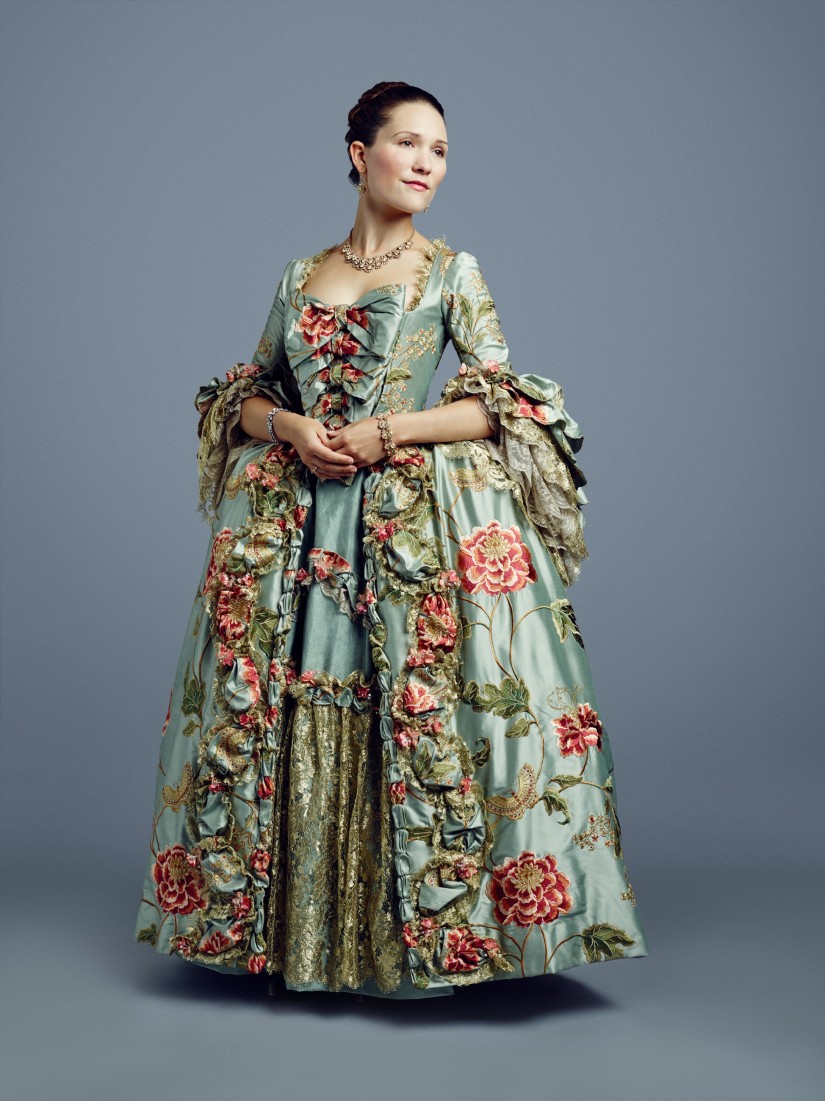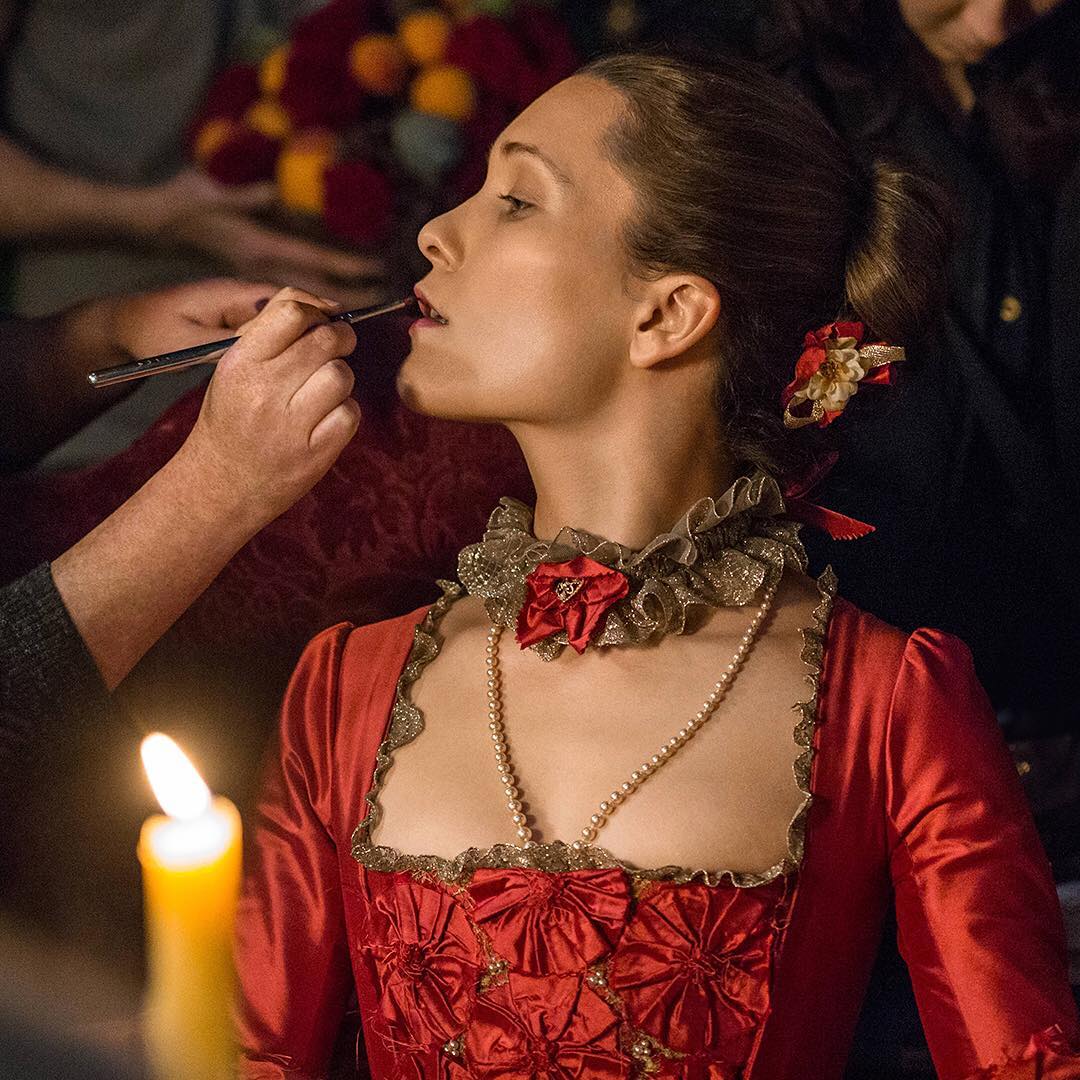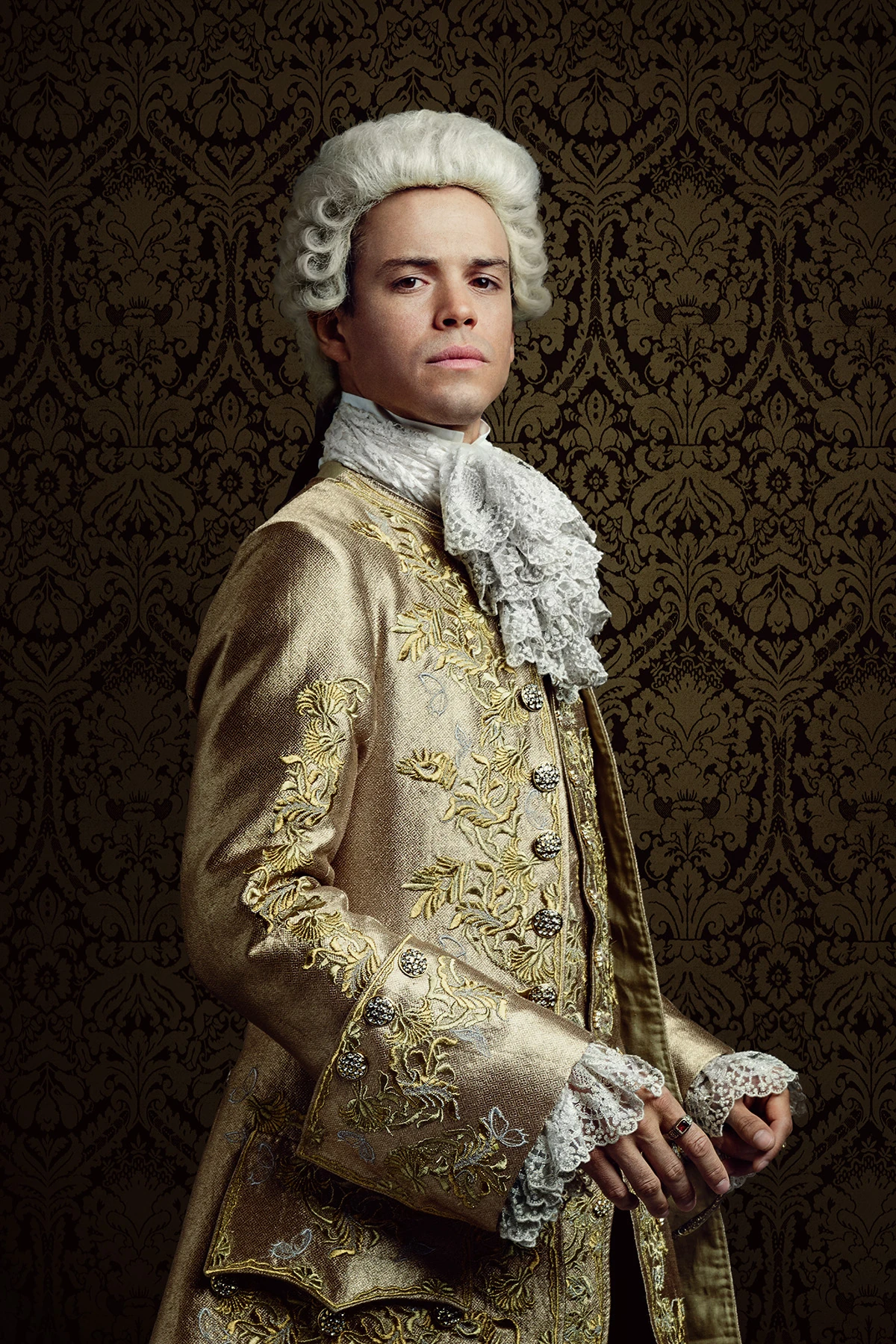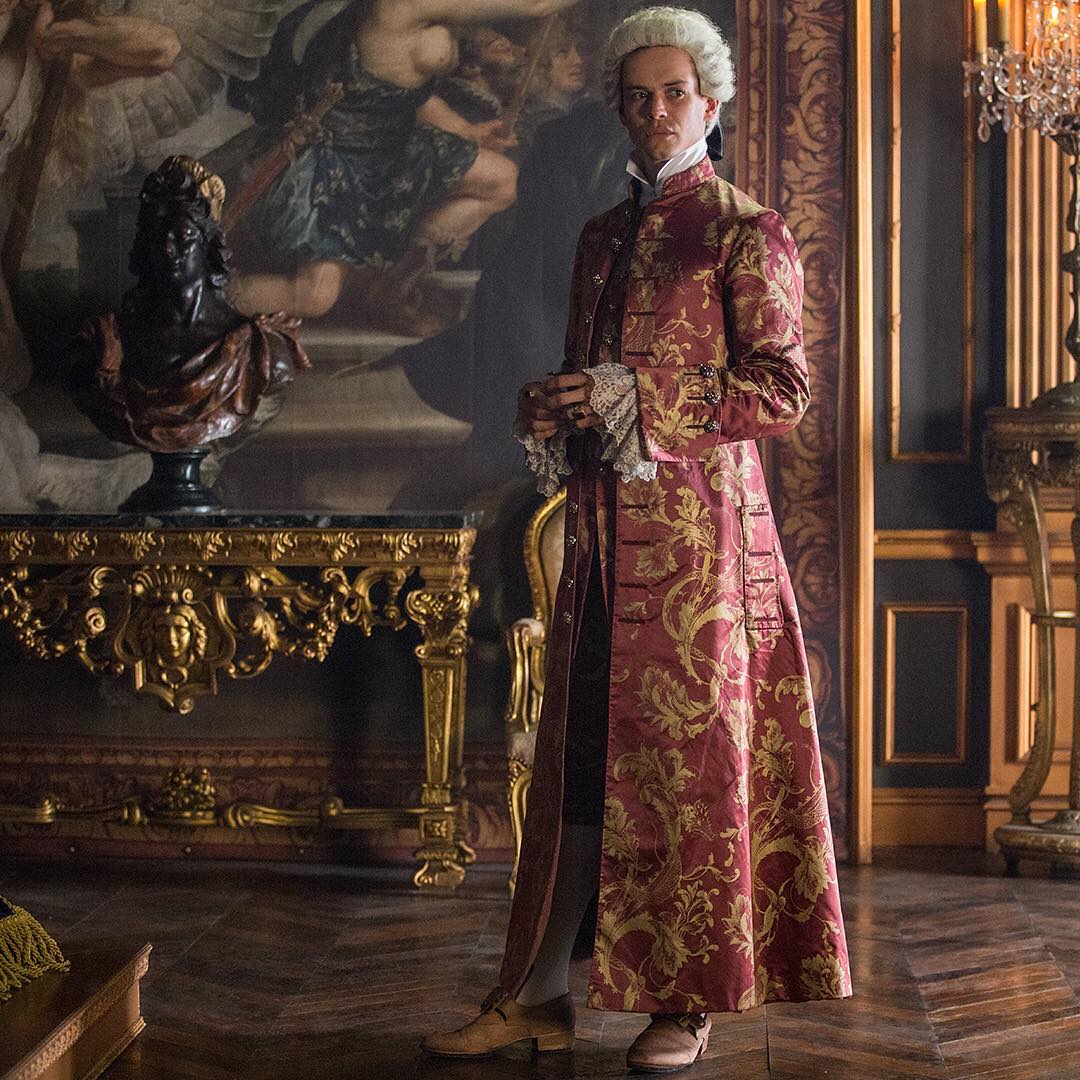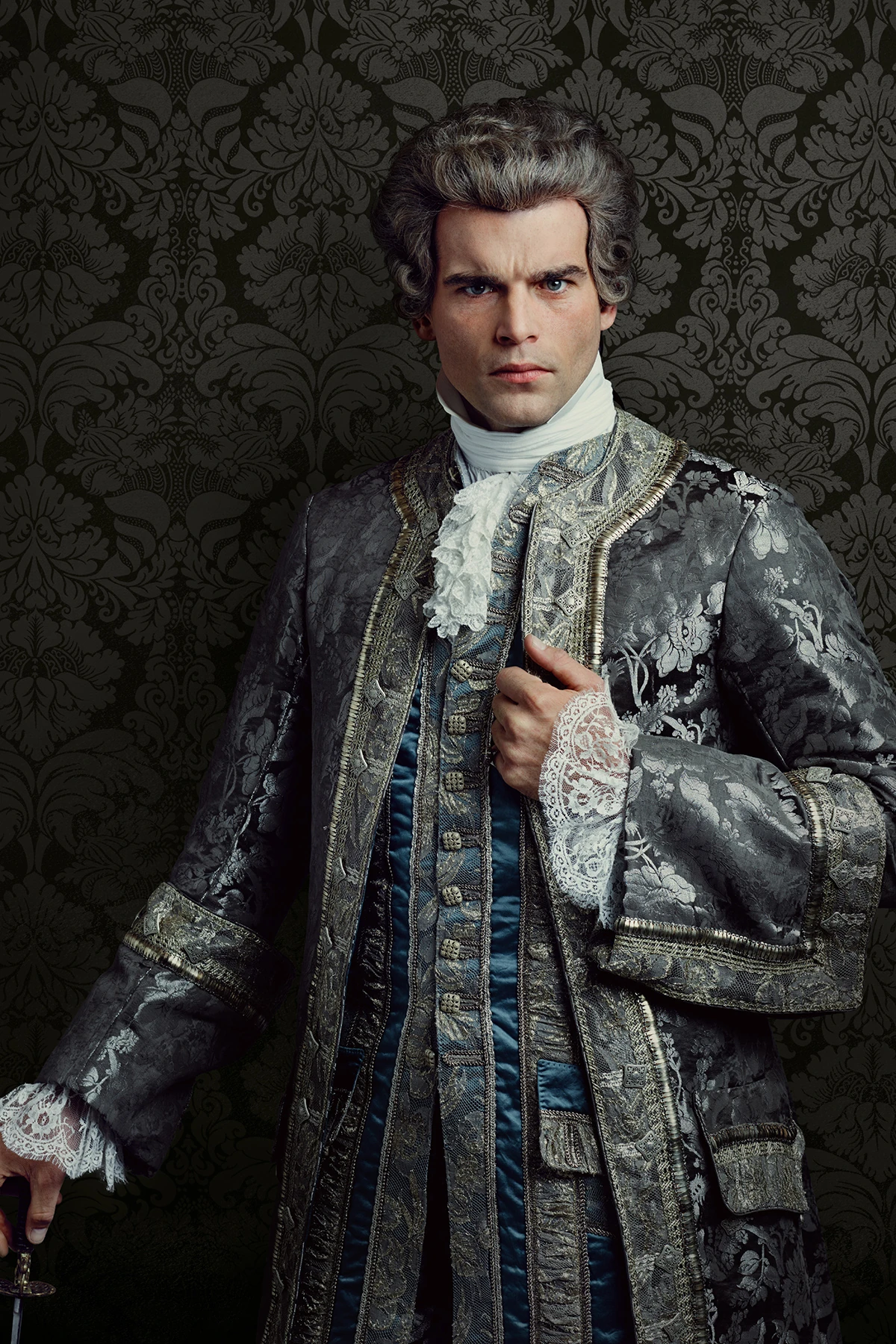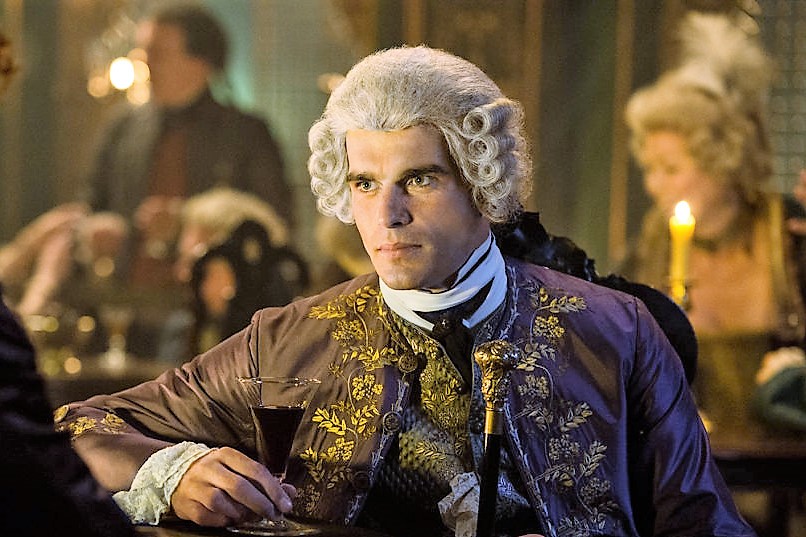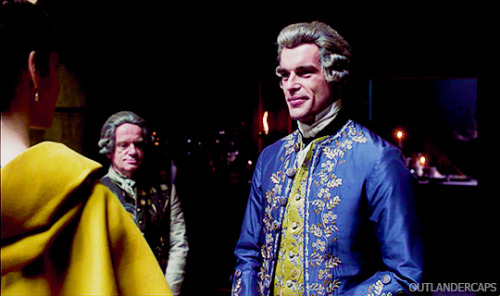Louis Joseph de Vendôme had proved himself as a very capable military leader prior to 1709. However, the campaign of that year saw him share command with the young Duc de Bourgogne, the king's grandson. The two did not get along very well; together they failed to prevent the French military defeat at the battle of Oudenarde.
While the young Bourgogne was away at war, his wife, Marie Adélaide of Savoy, was kept well aware of her husband's difficulties with the Duc de Vendôme. Consequently, she came to loathe Vendôme. Marie Adélaide could not influence events on the battlefield but she was in a supreme position to damage the Duc de Vendôme's position at court. Louis XIV absolutely doted on his granddaughter-in-law and she could use that affection to undermine her husband's rival.
The way in which the Duchesse de Bourgogne handled the situation was a masterpiece of skillful maneuvering within the structure of the court of Versailles.
The winter break of 1708 that followed the disaster at Oudenarde, saw both the Duc de Bourgogne and the Duc de Vendôme return to Versailles. Prior to the latter's return, the seeds for his downfall had already been laid. Even though Louis XIV received his defeated general warmly enough, there was still a sense that something was about to happen. The first obvious sign came when the Duc de Vendôme offered a general invitation to his estate of d'Anet. However, those around him excused themselves which had not happened hitherto. Still, Louis Joseph went to the château d'Anet where he sojourned over the winter before returning to Versailles. Once he returned to Marly and the king's side, it was noted that the Duc de Vendôme failed to pay his respects to the Duchesse de Bourgogne who was officially the highest-ranking woman at court.
The winter break of 1708 that followed the disaster at Oudenarde, saw both the Duc de Bourgogne and the Duc de Vendôme return to Versailles. Prior to the latter's return, the seeds for his downfall had already been laid. Even though Louis XIV received his defeated general warmly enough, there was still a sense that something was about to happen. The first obvious sign came when the Duc de Vendôme offered a general invitation to his estate of d'Anet. However, those around him excused themselves which had not happened hitherto. Still, Louis Joseph went to the château d'Anet where he sojourned over the winter before returning to Versailles. Once he returned to Marly and the king's side, it was noted that the Duc de Vendôme failed to pay his respects to the Duchesse de Bourgogne who was officially the highest-ranking woman at court.
 |
| Louis Joseph, Duc de Vendôme |
Being invited to the private estates of Marly and Meudon was an immense privilege and one which the Duc de Vendôme had enjoyed for years. The Duc de Saint-Simon gives us an insight into a situation in which the young Duchesse de Bourgogne used her influence to thwart the Duc de Vendôme. The Grand Dauphin were playing brelan with both the Duc and Duchesse de Bourgogne at Marly one evening and requested a fifth player. For this purpose, he sent for Louis Joseph. Marie Adélaide immediately implored her father-in-law not to make her play with Vendôme as it was already a trial to her to be in the same room. The Grand Dauphin obliged and filled the seat with someone else - however, no one informed the Duc de Vendôme. Once he arrived, he found his seat taken and had to make the embarrassing walk back through the room.
According to Saint-Simon, the Duchesse de Bourgogne sought to further prevent the Duc de Vendôme from being in her presence. She turned to Madame de Maintenon - also an enemy of Louis Joseph - who in turn asked Louis XIV to omit the Duc from their visits to Marly. By this time, several squabbles over military failures (not just with Bourgogne) had made Louis tired of Vendôme and he agreed. The message was delivered to Louis Joseph by a valet.
As could be expected, the Duc de Vendôme was furious at this snub. Yet, he knew that the Grand Dauphin was still a friend to him. Although being barred from Marly was a humiliation, he could try to safe face by spending more time with the heir to throne. His open invitation to Meudon also proved to be an opportunity to get back at Marie Adélaide.
The Duchesse de Bourgogne almost always visited her father-in-law while he was at Meudon. Knowing that the master of Meudon was the Grand Dauphin - and not the king - Louis Joseph made sure to be present as often as possible. Etiquette demanded that he presented himself to both his host and the Duchesse de Bourgogne. Consequently, he could irritate her by showing that while she had managed to ban him from Marly, she had not done so from Meudon - yet.
One day, the Grand Dauphin was at Meudon with the Duc de Vendôme when the king, Madame de Maintenon and Marie Adélaide paid him a visit. Louis Joseph took the opportunity to "present himself" to the king and his granddaughter-in-law. Apparently, Marie Adélaide did not expect him to be there and she turned her head away - a great insult. Despite this, the Duc de Vendôme tried his luck again that same evening by approaching Marie Adélaide but with the same result. As a result, he turned on his heel and left the room.
 |
| Marie Adélaide of Savoy |
Marie Adélaide took advantage of his absence and complained to both the king and Madame de Maintenon. She appealed to both the hierarchy and the affection of the king. She pointed out that while the king had respected her discomfort and barred Vendôme from his private retreat, the Grand Dauphin had not done so.
Naturally - considering they were literally under the same roof - the Duc de Vendôme heard of this and immediately went to the Grand Dauphin. He complained that he was being prosecuted by the Duchesse de Bourgogne. He received little reassurance from his friend who would at most say that he could continue to visit Meudon but he must avoid the Duchesse while she was still at odds with him.
The very next day, the final blow was delivered by the Duc d'Antin. He had been sent from Versailles (where the king and his entourage had returned to) to inform Louis Joseph that the king had asked the Grand Dauphin to no longer admit Louis Joseph. In an absolute fury, Louis Joseph up and left Meudon immediately.
And that - as it happened - turned out to be the end of the Duc de Vendôme's career as a courtier. Understandably, he made himself scarce and even refrained from returning to Versailles. He was shunned by those who feared a similar fate and he would die three years later - ironically, the same year as the Duchesse de Bourgogne.


























